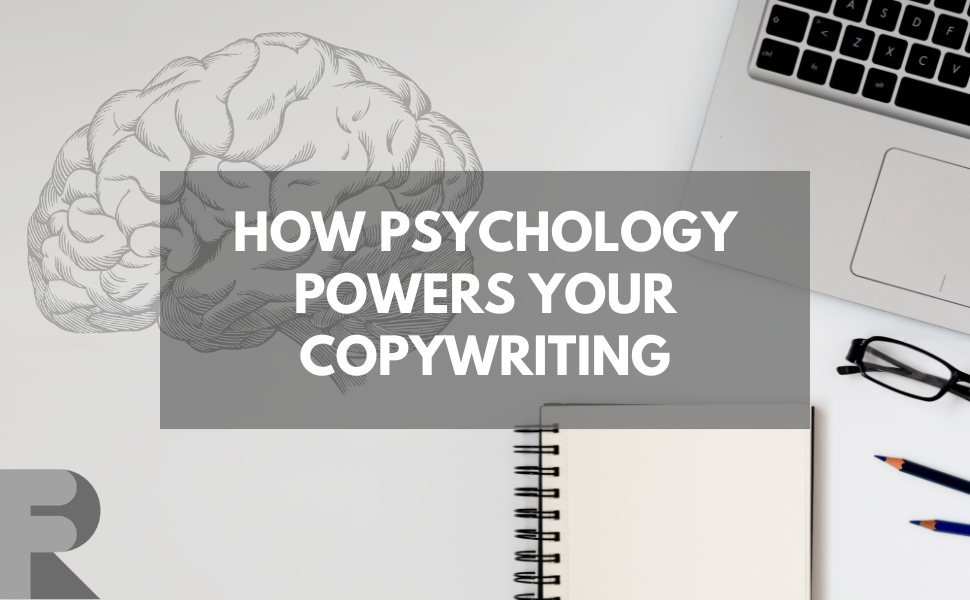Do you ever wonder why some companies come off dry while others are viewed as inspirational? Copywriting is more than just choosing the right words. It’s about understanding people’s behavior and using psychology to connect, evoke emotion, and motivate action. Whether you’re writing for social media, email campaigns, or product descriptions, these tips can help take your company messaging from good to great.
Show ‘em, Don’t Just Tell ‘em
You know how teenagers will ignore your advice as a parent but perk up when someone else they look up to offers up the same advice?
We are wired to trust the opinions of people we trust or look up to. That’s why social proof is such a powerful element in copywriting.
By showcasing real-life examples, you build credibility and create a sense of trust. Think testimonials, reviews, or case studies.
People feel more comfortable making decisions when they see others like them doing the same thing, especially if they’re satisfied customers.
How to apply it:
Don’t spend all your time talking about your product or service when you can let customers do the talking. Place their glowing reviews front and center on your website, or include powerful testimonials in your email campaigns. On social media, highlight case studies that showcase real success stories to demonstrate the impact of your work.
Stir up FOMO
That fear of missing out, aka FOMO, is a powerful driver of action. When people believe that a product, service, or offer is limited, their desire to act increases.
That’s why phrases like “Limited Time Offer” or “Only a Few Left” are staples of high-conversion copy. By incorporating scarcity or urgency into your copy, you encourage readers to take immediate action, before it’s too late.
How to apply it:
Consider countdown timers on your landing pages. Include phrases like “last chance” and “offer ends soon” to trigger urgency.
For example, if you’re promoting a live webinar or training course, you can include language like, “Only 3 spots left!”
Speak to the Heart
Emotions play a huge role in decision-making, often more than logic or facts. Effective copywriting uses emotional triggers like excitement, curiosity, nostalgia, or even fear, to connect with readers on a deeper level. People are more likely to remember and act on copy that makes them feel something.
How to apply it:
Identify which emotions resonate most with your target audience and weave them into your messaging. For example, if you’re selling an educational service, tap into curiosity and the excitement of learning new skills.
Give Before You Get
Another essential psychological principle in copywriting is reciprocity. When someone gives you something you can use, you want to return the favor.
Offering something valuable for free (a free eBook, guide, first class, or sample) creates a sense of obligation. Your potential customer will be more likely to take further action, i.e., making a purchase.
How to apply it:
Offer something genuinely helpful to your target customer. You can offer a guide or an initial consultation, in exchange for their email or phone number.
Position Yourself as the Expert
People are naturally inclined to follow the lead of trustworthy experts. Whether through showcasing your credentials, sharing your expertise, or aligning yourself with reputable brands or clients, establishing authority in your industry boosts your credibility.
How to apply it:
Highlight your years of experience, qualifications, or any partnerships with well-known companies in your industry. Create a personal brand for yourself where you share content like whitepapers, thought leadership posts, or case studies to further cement your authority.
Conclusion: Start Writing with Psychology in Mind
Incorporating psychology into your company messaging can help you convert more people from curious to satisfied customers. Use these principles starting today to connect with your audience on a deeper level and inspire them to take action.
If you need help telling your brand story, creating, and implementing a content strategy, our free content guide is a great place to start. Download it here today.
Your friend,
Jose

